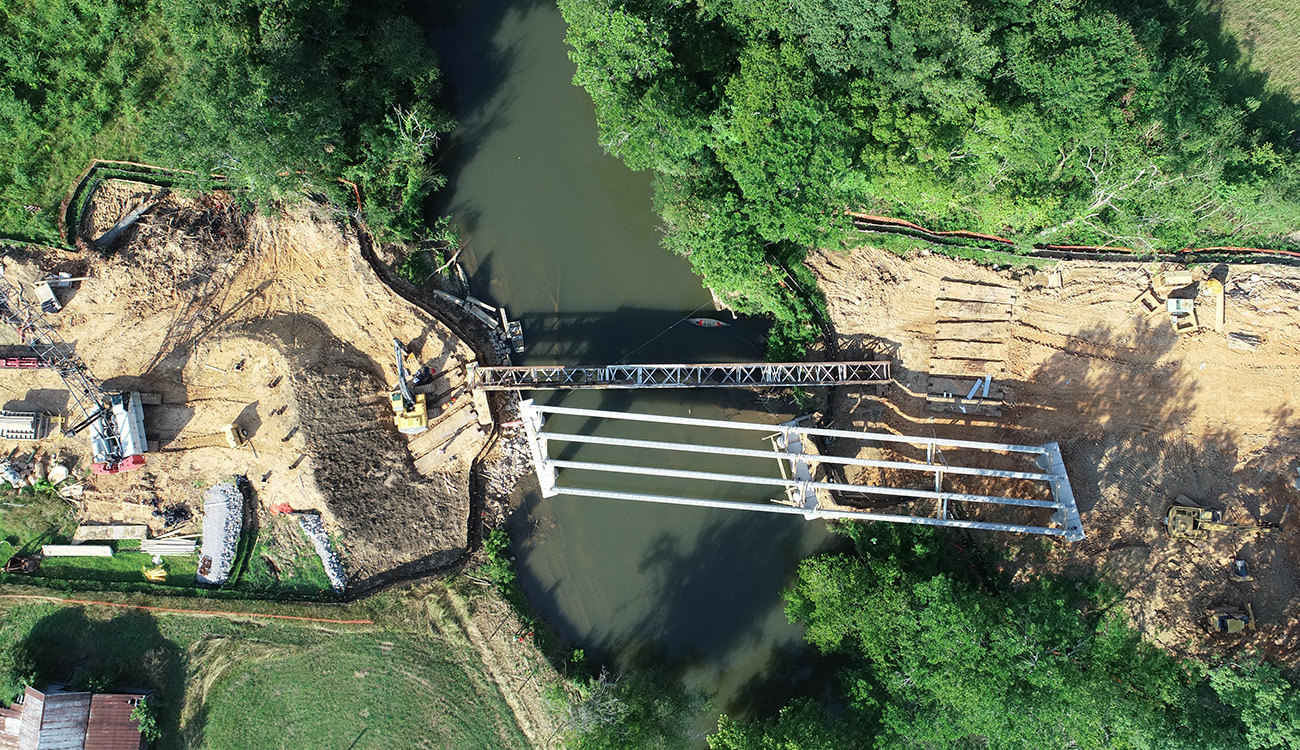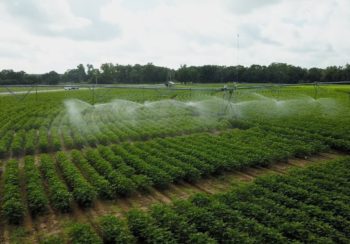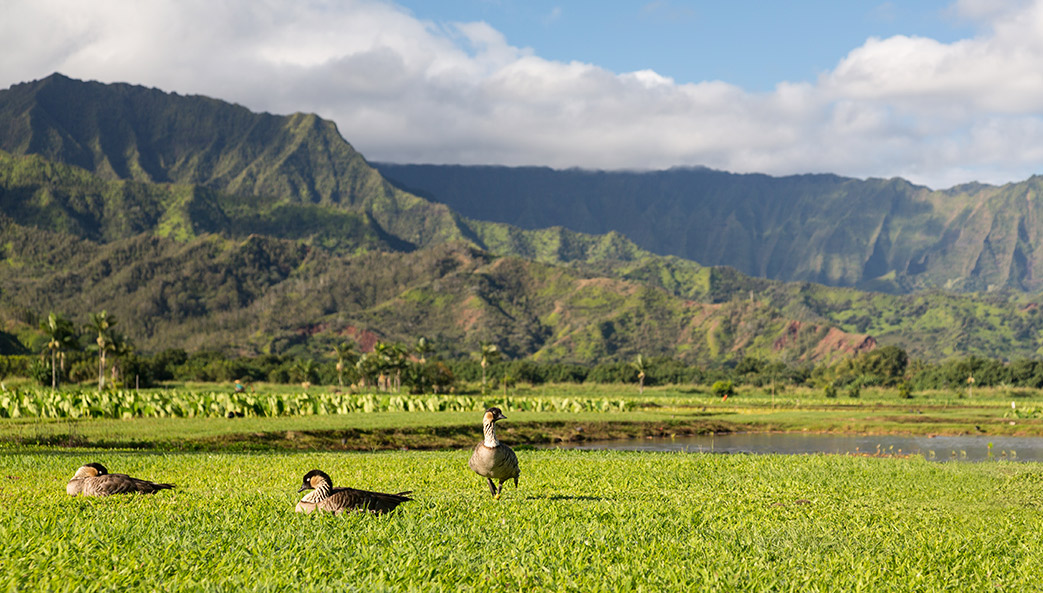A tiny, rainbow-finned fish lives in the swiftly flowing waters of Georgia’s Etowah River. Known as the Etowah darter (Etheostoma etowahae), it exists only in the Etowah River Basin, mainly inhabiting the mountain streams of North Georgia.
The Etowah darter is only one example of the diverse array of freshwater fish, amphibians, crawfish and mussels that live in Georgia, including many endemic, imperiled species. However, the state is also a bustling transportation hub, with 1,253 miles of interstate highway and the busiest airport in the world.
Many of these species are highly sensitive to the threats associated with development.
In a recent project that brought together the University of Georgia’s River Basin Center and Institute for Resilient Infrastructure Systems, the Georgia Department of Transportation, the Georgia Department of Natural Resources and the U.S. Fish and Wildlife Service, researchers pinpointed ways to facilitate important construction projects around the state while tailoring conservation practices to each imperiled species’ needs.
“Many of the recommendations for preventing negative impacts to federally listed species are boilerplate, standard guidance that don’t consider each species’ unique biology. What we really needed was for a team to examine the sensitivities of each species and come up with a streamlined system to allow GDOT to apply the most appropriate management tools.”
– Seth Wenger, director for science, UGA River Basin Center
Photo by Jason Thrasher
In the past, GDOT relied on seasonal work restrictions for species protection. These called for the cessation of most construction activity during the spawning period for each species. However, these blanket bans didn’t reflect each species’ unique sensitivities. They also didn’t take into account the negative impact of having construction projects stretch on longer than necessary.
“For each project, workers bring all this big, heavy equipment to the site, and then when a seasonal work restriction kicks in, they have to step away for months before bringing the equipment back once it ends. There are a lot of costs associated with that process that are ultimately passed on to the taxpayers,” said Chris Goodson, ecology section manager at GDOT. “Not having to do that greatly reduces the cost of these massive projects, as well as the time spent on the site. And reduced time on site is another ‘win’ for species—you don’t have an under-construction project stretch on for years, which will improve water quality across the state.”
Seth Wenger, director for science of the River Basin Center and lead researcher on the project, spoke to the circumstances that first sparked the idea for this work.
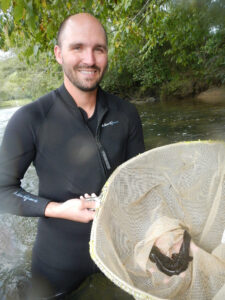
“Many of the recommendations for preventing negative impacts to federally listed species are boilerplate, standard guidance that don’t consider each species’ unique biology,” said Wenger, associate professor in the Odum School of Ecology. “What we really needed was for a team to examine the sensitivities of each species and come up with a streamlined system to allow GDOT to apply the most appropriate management tools.”
This form of “precision conservation,” as Wenger called it, is intended to improve species protection while reducing costs to GDOT as they work to maintain the state’s roads and bridges.
“The tricky thing was to design a system that incorporated all the different kinds of information that this kind of project required—that was consistent with our understanding of the biology of each species, with the physics of how rivers and sediment work, and with our best scientific understanding of the effects of stormwater runoff long term,” Wenger said. “We wanted to ensure that our recommendations were achievable in the real world.”
This required a highly interdisciplinary team that spanned multiple agencies and university departments, including experts from GDOT on hydraulics, design, policy and bridge design, as well as lawyers, engineers, ecologists and biologists from both UGA and outside the university.
To ensure the recommendations provided the best level of protection for each species, the RBC gathered experts on over 100 imperiled species of fish, mussels, amphibians and crayfish in the state of Georgia to develop profiles that assessed species sensitivity to the various disruptions common in construction work—sedimentation, noise, contaminants, physical impact—as well as sensitivity to post-construction effects of stormwater runoff.
“It was important that the recommendations reflect actual needs of the different species. For species with traits that make them more susceptible to sedimentation, we need to be very protective during the actual construction, earth-moving process,” Wenger explained. “In contrast, for species that aren’t particularly sensitive to sediment but are sensitive to contaminants from street runoff, we worry less about impacts from the construction phase and instead focus on designs that manage stormwater runoff in a way that minimizes contaminant discharges to the stream.”

That’s where IRIS came in, with a team of engineers and landscape architects working together to develop stormwater control measures that GDOT could implement to help purify and reduce runoff from highways and into streams. These innovative control measures are designed to make an impact both during construction and long after projects are built.
Brian Bledsoe, director of IRIS and professor in the College of Engineering, helped identify several designs, including vegetated bioswales and buffers, which will help remove pollution and slow runoff before it reaches streams to reduce erosion and habitat impacts.
“With the help of Alfie Vick and Jon Calabria, both IRIS affiliates in the College of Environment and Design, and the team at GDOT, we were able to develop several effective and flexible combinations of pollution control measures that can be used in conjunction with other tools to help protect stream habitat and sensitive species from runoff,” Bledsoe said.
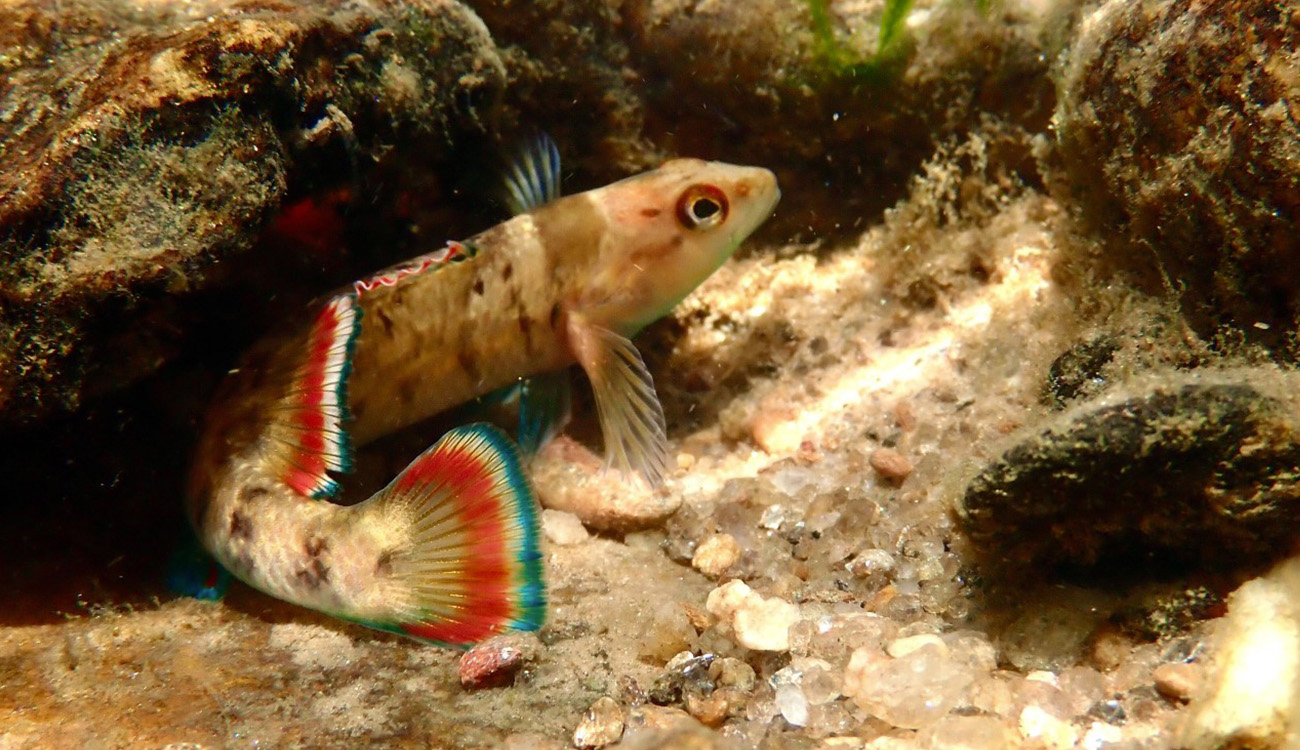
To help quantify their precision conservation efforts, the researchers compiled information into a “Total Effect Score,” a weighted metric that takes into account how each construction activity impacts each imperiled species, based on its unique biology.
“[The Total Effect Score] was a really creative way for the River Basin Center to tackle this issue,” said Goodson. “It allowed for the flexibility of avoidance and minimization measures while still ensuring protection for imperiled species.
“Because the research was very specific,” he said, “our Total Effect Score is only applicable to Georgia species. You can’t just pick up this research and implement it anywhere. But what it does do is create a formula for how you could replicate our approach anywhere in the world.”

The third element of the project was setting the stage for GDOT to implement this new framework through a programmatic agreement, which will solder the compact between the DNR and GDOT as a new way to navigate imperiled species protection.
Katie Hill, research professional at the Carl Vinson Institute of Government, provided expertise on how these changes to GDOT’s process would work within the larger framework of the Endangered Species Act.
“The underpinnings for this project were rooted in federal law and policies,” Hill said. “As an attorney with expertise in environmental policy, my job was to ensure that the work done by the scientists fit within the parameters of the applicable federal statutes and regulations and to develop a draft programmatic agreement for the Georgia Department of Transportation.”
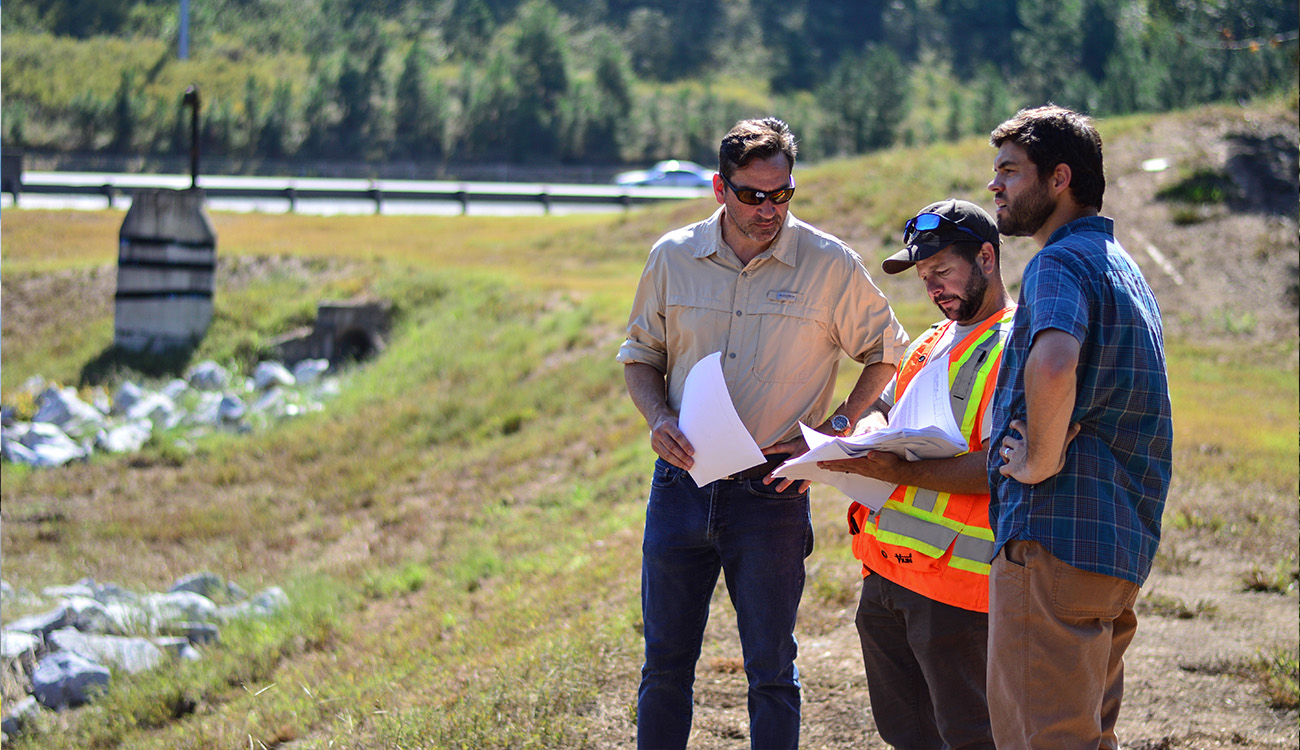
Implementing the programmatic agreement is the first step in changing GDOT’s consultation process with USFWS and DNR. Once it’s been enacted, GDOT will use the Total Effect Score to make decisions about the best ways to support imperiled species in Georgia, which will change how and when they do construction projects around waterways containing at-risk aquatic critters.
Take the Etowah darter for example: It is highly sensitive to the increased stormwater runoff and contaminants associated with long-term construction projects. With the agreement in place, GDOT will be able to use the Total Effect Score to assess its needs and put together a construction plan that minimizes runoff and reduces time spent in the area.
GDOT anticipates beginning to implement the programmatic agreement soon, which is the start of the process to save time and money for GDOT and give better protection to imperiled aquatic species.
“There are so many different wins for GDOT, for the public, for the species. Ultimately, it’s just a better way to build,” Goodson said. “Seventy-five years ago, when we were putting all these structures in across Georgia, we didn’t have the same consideration for how our construction impacts the species that live here. This research is the next evolution of how we provide protections for those species.”



